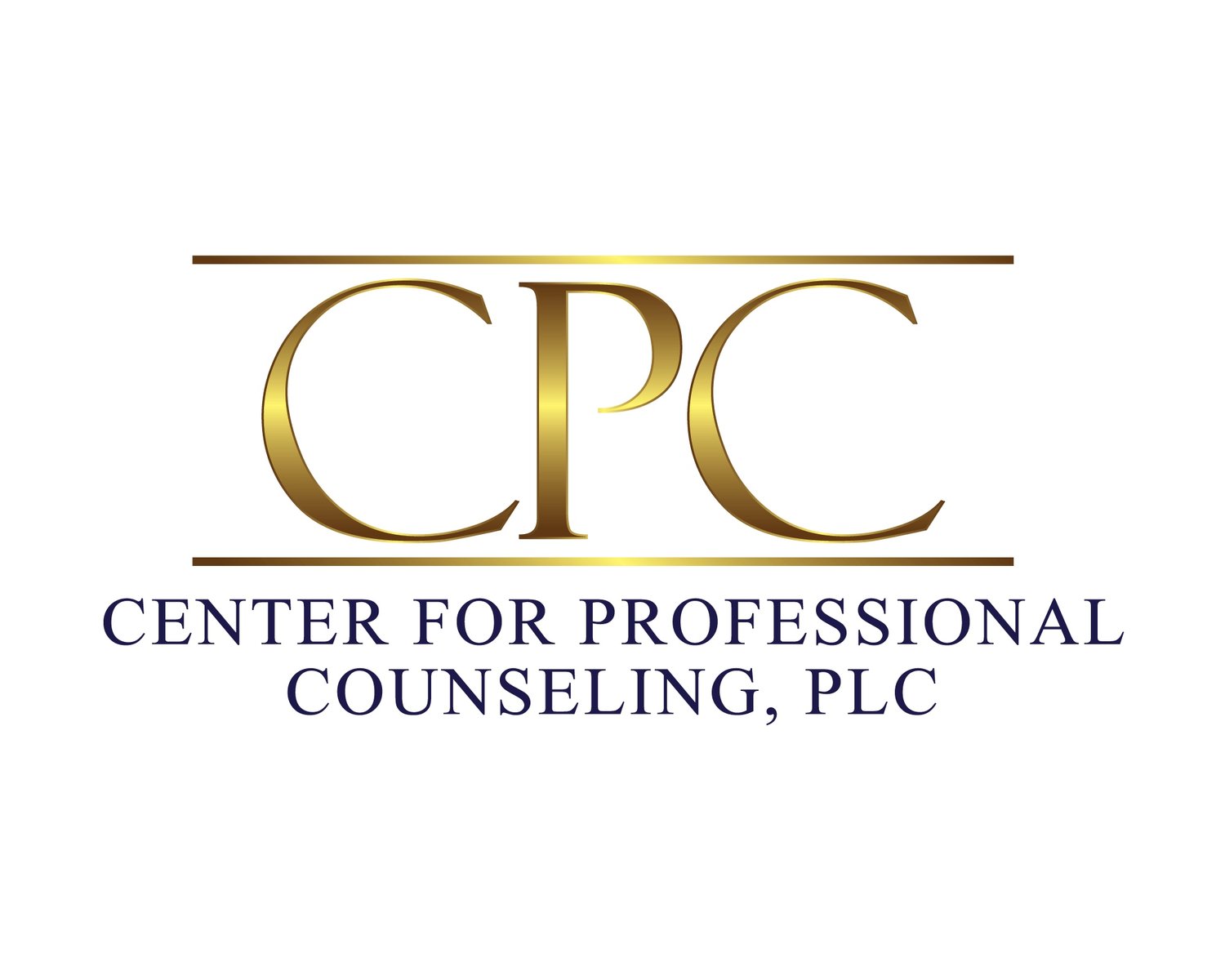Obsessive Compulsive Disorder (OCD)
Photo by F Cary Snyder on Unsplash
What Is Obsessive Compulsive Disorder (OCD)
What is OCD? Obsessive-Compulsive Disorders (OCD) come in many forms. Some common examples include persistent hand washing, behavioral rituals, repetitive thoughts or recurrent checking that the lights are off.
The question “What is OCD” is answered by the existence of persistent obsessions that make one feel a large amount of distress followed by the need to conduct a compulsion to temporarily relieve that distress.
Obsessions are defined by:
Recurrent and persistent thoughts, urges or images that are experienced, at some time during the disturbance, as intrusive and unwanted, and that in most individuals cause marked anxiety or distress.
The individual attempts to ignore or suppress such thoughts, urges or images, or to neutralize them with some other thought or action (i.e., by performing a compulsion)
Compulsions are defined by:
Repetitive behaviors (e.g., hand washing, ordering, checking) or mental acts (e.g., praying, counting, repeating words silently) that the individual feels driven to performing response to an obsession or according to rules that must be applied rigidly.
The behaviors or mental acts are aimed at preventing or reducing anxiety or distress, or preventing some dreaded event or situation; however, these behaviors or mental acts are not connected in a realistic way with what they are designed to neutralize or prevent, or are clearly excessive.
The technical diagnosis of what is OCD requires obsessions and compulsions that meet the following:
The obsessions or compulsions are time-consuming (more than 1 hour per day) or cause clinically significant distress or impairment in social, occupational, or other areas of functioning.
The obsessive-compulsive symptoms are not attributable to the physiological effects f a substance.
The disturbance is not better explained by the symptoms of another mental disorder.
OCD Types
There are many common types of OCD.
OCD Treatment
Learn about treatment options.
Other OCD related disorders include:
Body Dysmorphic Disorder - a preoccupation with perceived physical defects or flaws
Hoarding disorder - persistent difficulty discarding or parting with possessions
Hair Pulling (trichotilomania) - Persistent hair pulling resulting in hair loss
Skin Picking (excoriation) - Recurrent skin picking resulting in lesions
Some Signs of OCD in Children can be: PANS and PANDAS
Pediatric Acute-onset Neuropsychiatric Syndrome
A clinically defined disorder characterized by the sudden onset of obsessive-compulsive symptoms (OCD) or eating restrictions, concomitant with acute behavioral deterioration. It does not require a known trigger, although it is believed to be triggered by one or more pathogens.
Pediatric Autoimmune Neuropsychiatric Disorders Associated with Streptococcal infections
A subset of PANS, first reported by the National Institute of Mental Health in 1998. Has 5 distinct criteria for diagnosis, including abrupt “overnight” OCD or dramatic, disabling tics; a relapsing-remitting, episodic symptom course; young age at onset (average of 6–7 years); presence of neurologic abnormalities; and temporal association between symptom onset and Group A Strep (GAS) infection.
Some Signs of OCD in Children can be:
PANS and PANDAS
Pediatric Acute-onset Neuropsychiatric Syndrome
A clinically defined disorder characterized by the sudden onset of obsessive-compulsive symptoms (OCD) or eating restrictions, concomitant with acute behavioral deterioration. It does not require a known trigger, although it is believed to be triggered by one or more pathogens.
Pediatric Autoimmune Neuropsychiatric Disorders Associated with Streptococcal infections
A subset of PANS, first reported by the National Institute of Mental Health in 1998. Has 5 distinct criteria for diagnosis, including abrupt “overnight” OCD or dramatic, disabling tics; a relapsing-remitting, episodic symptom course; young age at onset (average of 6–7 years); presence of neurologic abnormalities; and temporal association between symptom onset and Group A Strep (GAS) infection.



